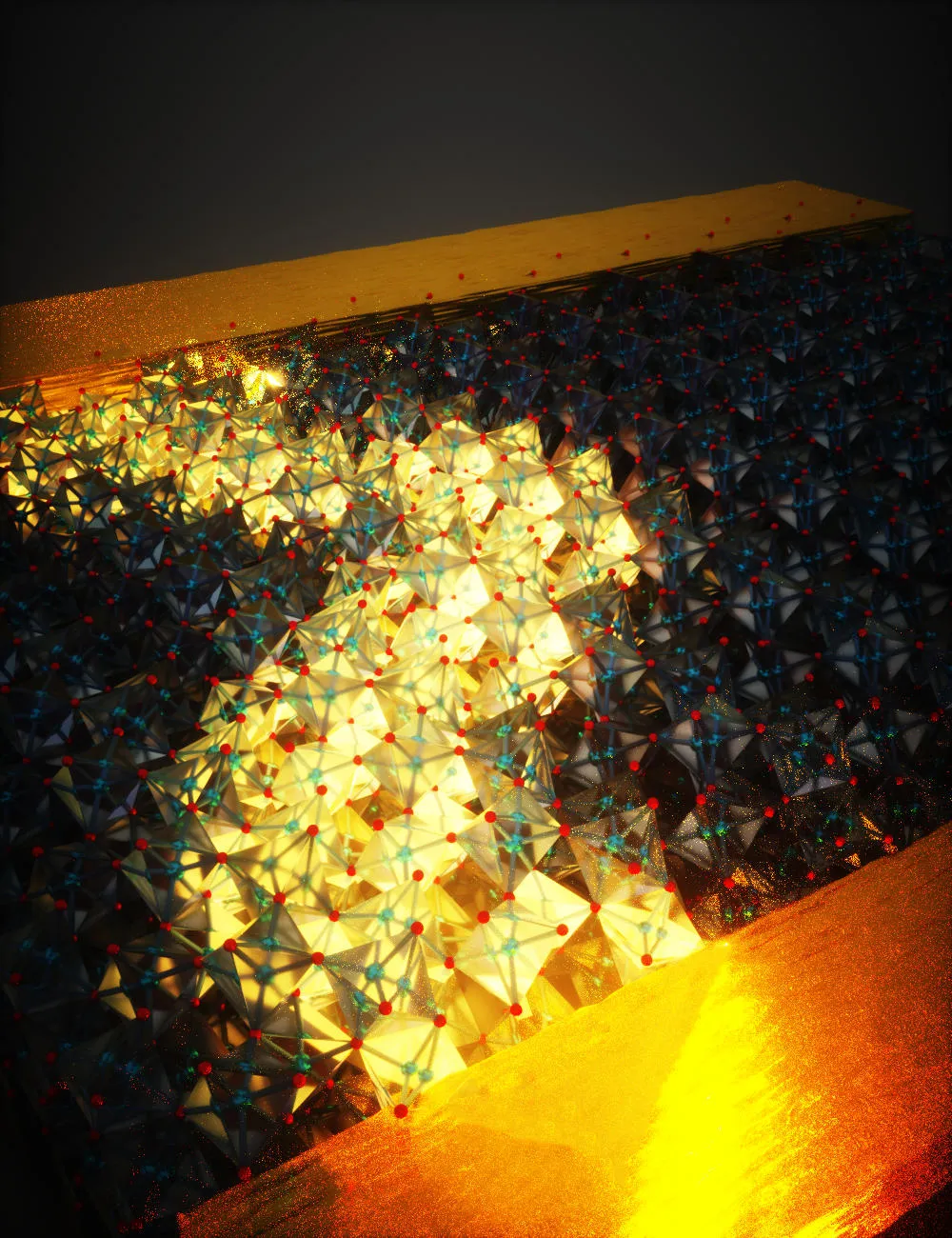
Sep 13(ABC): During his research on phase transitions in Vanadium Dioxide (VO2), Mohammad Samizadeh Nikoo, a Ph.D. student at Ecole Polytechnique Fédérale de Lausanne’s (EPFL) Power and Wide-band-gap Electronics Research Laboratory (POWERlab), made an unexpected finding. When relaxed at room temperature, VO2 has an insulating phase and experiences a sharp insulator-to-metal transition at 68 °C, where its lattice structure changes.
According to Samizadeh Nikoo, VO2 has a volatile memory: “the material reverts back to the insulating state right after removing the excitation.” He set out to find how long it takes for VO2 to change from one state to another for his thesis. However, his investigation took a different turn: after collecting hundreds of measurements, he discovered a memory effect in the material’s structure.
Vanadium Dioxide (VO2), a compound capable of “remembering” the entire history of previous external stimuli. Credit: POWERlab / 2022 EPFL
During his research on phase transitions in Vanadium Dioxide (VO2), Mohammad Samizadeh Nikoo, a Ph.D. student at Ecole Polytechnique Fédérale de Lausanne’s (EPFL) Power and Wide-band-gap Electronics Research Laboratory (POWERlab), made an unexpected finding. When relaxed at room temperature, VO2 has an insulating phase and experiences a sharp insulator-to-metal transition at 68 °C, where its lattice structure changes.
According to Samizadeh Nikoo, VO2 has a volatile memory: “the material reverts back to the insulating state right after removing the excitation.” He set out to find how long it takes for VO2 to change from one state to another for his thesis. However, his investigation took a different turn: after collecting hundreds of measurements, he discovered a memory effect in the material’s structure.
An unexpected finding
In his experiments, Samizadeh Nikoo administered an electric current to a VO2 sample. “The current moved across the material, following a path until it exited on the other side,” he explains. The VO2 changed state as the current heated the sample. After the current had gone, the material returned to its original state. Samizadeh Nikoo then delivered a second current pulse to the material and discovered that the time it took to change state was closely related to the material’s history.
A memory of up to three hours
The researchers discovered that VO2 may recall its most recent external stimulus for up to three hours. “The memory effect could in fact persist for several days, but we don’t currently have the instruments needed to measure that,” says Matioli.
The finding made by the study team is significant since the memory effect identified is an innate property of the material itself. Engineers depend on memory to complete various calculations, and materials that may improve the calculation process by increasing capacity, speed, and miniaturization are in high demand. VO2 checks all three of these boxes. Furthermore, its continuous, structural memory distinguishes it from typical materials that store data as binary information depending on the manipulation of electrical states.
The researchers performed a host of measurements to reach their conclusions. They also confirmed their results by applying the new method to different materials at other laboratories around the world. This discovery replicates well what happens in the brain, as VO2 switches act just like neurons.
























